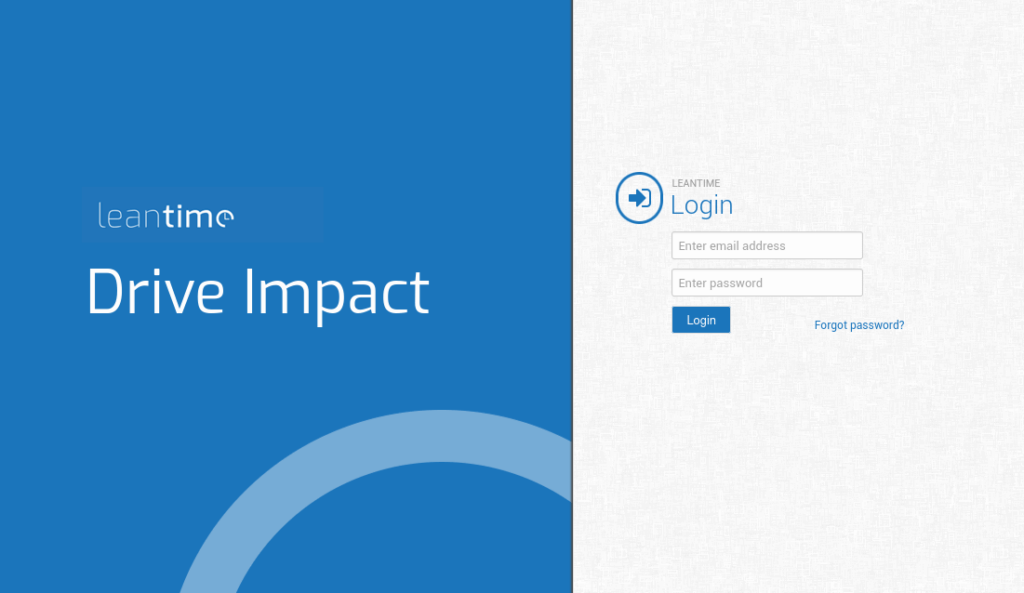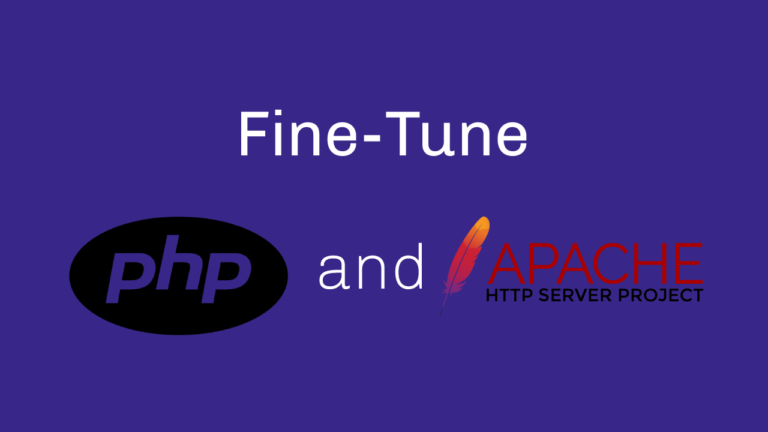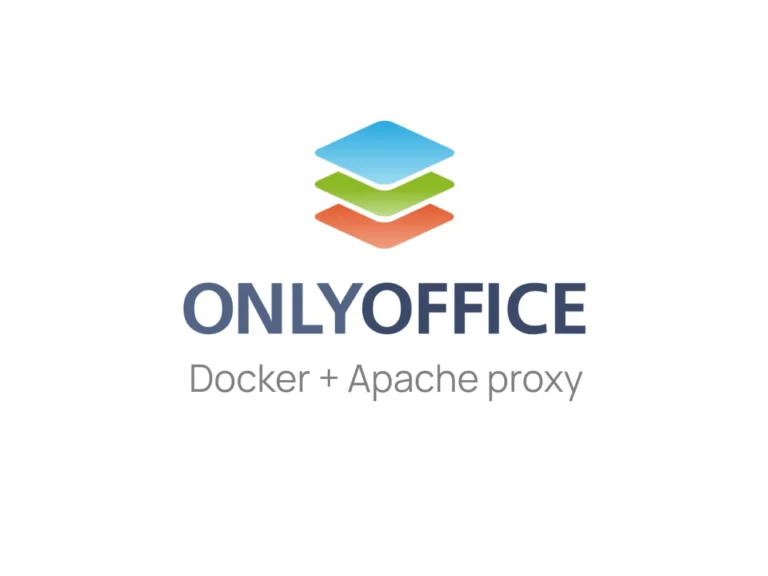Leantime is a free and open source project management tool. If you have a pool of users and team(s), Leantime is a great way to start managing the resources efficiently. In this article we are going to install Leantime on Ubuntu 20.04 LTS with ssl certificate from Let’s encrypt.
What Leantime offer:
- Idea Management
- Strategy Development
- Roadmap Planning
- Task Management(Kanban)
- Milestones
- Reports
What we will need for this setup:
- Ubuntu 20.04(1GB RAM, 20GB)
- Web server
- SSL certificate(point your domain to the server IP)
- Use
/var/www/htmlas web root
Web server installation and setup
We will install PHP, MariaDB, Apache etc and enable some required Apache modules to start with.
sudo apt install vim apache2 mariadb-server libapache2-mod-php php php-gmp php-bcmath php-gd php-json php-mysql php-curl php-mbstring php-intl php-imagick php-xml php-zip bzip2 zip unzip imagemagick php-fpm php-fileinfosudo a2enmod ssl rewrite headers deflate cache http2 proxy_fcgi env expiressudo systemctl start apache2
sudo systemctl enable apache2Install certbot via snap:
snap install certbot --classicTo read more about configuration and optimization check out the article below.
Database
Secure your database with:
/usr/bin/mysql_secure_installationAfter that login to the database server as root and create a leantime database. Change PASSWORD to an actual strong password.
mysql -u root -p
create database leantime CHARACTER SET utf8mb4 COLLATE utf8mb4_general_ci;
grant all on leantime.* to 'leanuser'@'localhost' identified by 'PASSWORD';
flush privileges;
exitDownload and install Leantime
At this point you will have a working setup with Apache. Checkout the release page for latest builds of Leantime.
cd /var/www
mkdir leantime && cd leantime
wget https://github.com/Leantime/leantime/releases/download/v2.1.8/Leantime-v2.1.8.zip
unzip Leantime-v2.1.8.zip
rm Leantime-v2.1.8.zip
rm -r /var/www/html/*
shopt -s dotglob
cd ..
mv leantime/* html/
chown -R www-data:www-data /var/www/htmlCreate a virtualhost in /etc/apache2/sites-available.
cd /etc/apache2/sites-available
vim leantime.confPaste the following in it, change text in bold.
<VirtualHost *:80>
ServerName DOMAIN.COM
ServerAlias DOMAIN.COM
DocumentRoot /var/www/html
<Directory "/var/www/html">
AllowOverride All
Options -Indexes +FollowSymLinks
</Directory>
ErrorLog /var/log/apache2/DOMAIN.COM-error.log
CustomLog /var/log/apache2/DOMAIN.COM-requests.log combined
</VirtualHost>Save and enable the configuration.
a2ensite leantime.conf
a2dissite 000-default.conf
systemctl restart apache2Now open configuration.php and edit where necessary including the database part.
cd /var/www/html
mv config/configuration.sample.php config/configuration.php
vim config/configuration.phpGo to the browser and install Leantime. http://DOMAIN.COM/install
SSL certificate and Apache configuration
We have already installed certbot via snap above. If your domain is already pointed to the server IP. You can get a certificate now.
certbot certonly --webroot -w /var/www/html -d DOAMIN.COMTo renew and see other other options click the button below.
Here is the final configuration for 443 vhost including http redirection. You can delete the current lines from /etc/apache2/sites/available/leantime.conf or just add whatever is new in port 80 vhost.
<VirtualHost *:80>
ServerName DOMIAN.COM
ServerAlias DOMIAN.COM
DocumentRoot /var/www/html
RewriteEngine On
RewriteCond %{HTTPS} off
RewriteRule (.*) https://%{HTTP_HOST}%{REQUEST_URI}
<Directory "/var/www/html">
AllowOverride All
Options -Indexes +FollowSymLinks
</Directory>
ErrorLog /var/log/apache2/DOMIAN.COM-error.log
CustomLog /var/log/apache2/DOMIAN.COM-requests.log combined
</VirtualHost>
<VirtualHost *:443>
ServerName DOMIAN.COM
ServerAlias DOMIAN.COM
DocumentRoot /var/www/html
SSLCipherSuite EECDH+AESGCM:EDH+AESGCM:AES256+EECDH:ECDHE-RSA-AES128-SHA:DHE-RSA-AES128-GCM-SHA256:AES256+EDH:ECDHE-RSA-AES256-GCM-SHA384:ECDHE-RSA-AES128-GCM-SHA256:DHE-RSA-AES256-GCM-SHA384:ECDHE-RSA-AES256-SHA384:ECDHE-RSA-AES128-SHA256:ECDHE-RSA-AES256-SHA:DHE-RSA-AES256-SHA256:DHE-RSA-AES128-SHA256:DHE-RSA-AES256-SHA:DHE-RSA-AES128-SHA:ECDHE-RSA-DES-CBC3-SHA:EDH-RSA-DES-CBC3-SHA:AES256-GCM-SHA384:AES128-GCM-SHA256:AES256-SHA256:AES128-SHA256:AES256-SHA:AES128-SHA:DES-CBC3-SHA:HIGH:!aNULL:!eNULL:!EXPORT:!DES:!MD5:!PSK:!RC4
SSLProtocol All -SSLv2 -SSLv3 -TLSv1 -TLSv1.1
SSLHonorCipherOrder On
Header always set Strict-Transport-Security "max-age=63072000; includeSubDomains; preload"
Header always set X-Frame-Options DENY
Header always set X-Content-Type-Options nosniff
<Directory "/var/www/html">
AllowOverride All
Options -Indexes +FollowSymLinks
</Directory>
ErrorLog /var/log/apache2/DOMIAN.COM-error.log
CustomLog /var/log/apache2/DOMIAN.COM-requests.log combined
SSLEngine on
SSLCertificateKeyFile /etc/letsencrypt/live/DOMIAN.COM/privkey.pem
SSLCertificateFile /etc/letsencrypt/live/DOMIAN.COM/fullchain.pem
</VirtualHost>systemctl restart apache2That’s pretty much it. If everything is setup properly, Leantime is now installed and running on https.

Troubleshooting
1- I cannot upload files
If you have set the owner of html dir www-data, you should be able to upload files. Check above if you have missed this step when setting it up. That’s an important step to be not missed for many reasons.
2- I still see and can access installation path
Right now I did not find any solution to disable install script properly. To disable it, open public/.htaccess file and comment out the following lines(using # in front of it).
RewriteRule ^install$ index.php?install=true
RewriteRule ^install/([^/\.]+)/?$ index.php?install=true






Hi,
Very helpful, no error or problem faced while following your guide. Thank you very much.